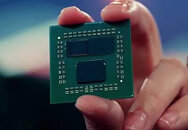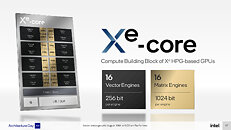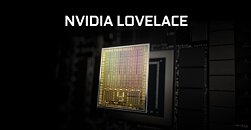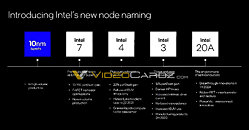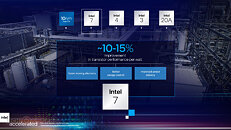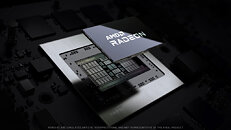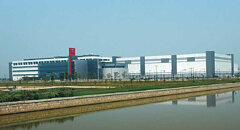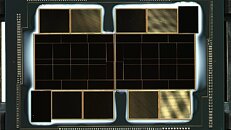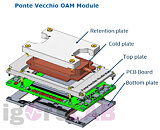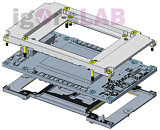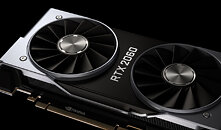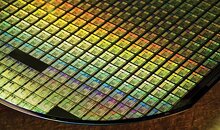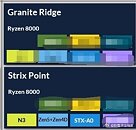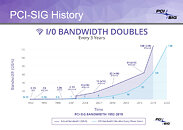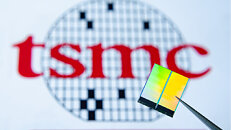AMD via its official YouTube has shared a video that goes into slightly more detail on their usage of V-Cache on the upcoming Zen 3+ CPUs. Firstly demoed to the public on AMD's Computex 2021 event, the 3D V-Cache leverages TSMC's SoIC stacking technology, which enables silicon developments along the Z axis, instead of the more usual footprint increase along the X axis. The added 3D V-Cache, which was shown in Computex as being deployed in a prototype Ryzen 9 5900X 12-core CPU, adds 64 MB of L3 cache to each CCX (the up-to-eight-cores core complex on AMD's latest Zen design), basically tripling the amount of L3 cache available for the CPU. This, in turn, was shown to increase FPS in games quite substantially (somewhere around 15%), as games in particular are sensitive to this type of CPU resources.
The added information explains that there is no usage of microbumps - instead, there is a perfect alignment between the bottom layer (with the CCX) and the top layer (the L3 cache) which enables the bonding process to occur naturally via the TSVs (Through Silicon Vias) already present in the silicon, in a zero-gap manner, between both halves of the CPU-cache sandwich. To enable this, AMD flipped the CCX upside down (the core complex now faces the bottom of the chip, instead of the top), shaved 95% of the silicon on top of the upside-down core complexes, and then attaches the 3D V-Cache chips on top of this formation. This also has the added bonus of decreasing the distance between the L3 cache and the CCX (the distance between both in the Z axis is around 1,000 times smaller than if the L3 cache was deployed in the classical X axis), which decreases power consumption, temperatures, and latency, allowing for further increases to system performance. Look after the break for the full video.
